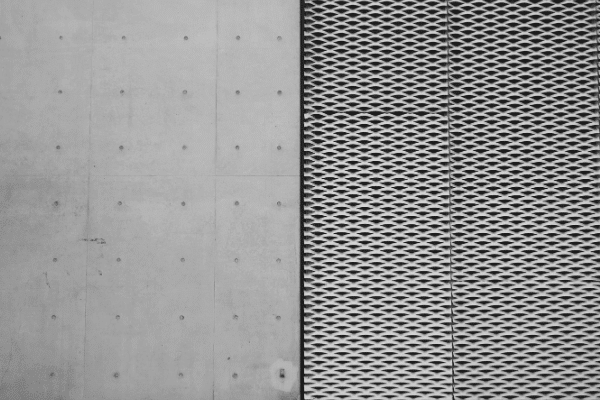Hardness tests are one of the most used methods in the industry to determine the quality of materials such as metals. In this post we explain what these tests consist of, what are the most common types and how they are carried out in chemical laboratories.
What are hardness tests?
The tests or hardness tests are examinations that are carried out on different materials in order to evaluate their resistance to being scratched or penetrated by other substances. In general, the higher the surface hardness of the parts, the better their behavior against wear, abrasion or deformation in their interaction with the environment.
How is the hardness of materials measured?
Hardness tests can be distinguished based on whether they measure resistance to scratching or penetration. In both cases, certain materials are applied to the surface of the sample to estimate its hardness. The difference between the different modalities lies in the nature of the procedures used.
Scratch hardness tests
Mohs scale
It is the first method used to measure the hardness of materials. It works with a numerical scale made up of 10 minerals, each one representing a degree of hardness. Different substances are classified on the scale according to the number of minerals that can scratch their surface. However, it is a somewhat imprecise method that does not work with metals.
Martens hardness test
In this type of test, the surfaces are scored with a diamond cone driven by a fixed force, making it suitable for more resistant substances. The hardness of materials is calculated by measuring the width of the scratch produced by the point of the diamond.
Penetration hardness tests
Brinell hardness test
It can be used with extremely soft materials and with ferric metals, as long as its surface is not spherical or cylindrical. The indector object is a small steel ball (1-10 mm) that is applied with a load of a certain force for each type of material. The hardness is obtained by measuring the diameter of the imprint with a microscopic magnifying glass.
Vickers hardness test
On this occasion, the indenter is a quadrangular diamond pyramid with an angle of 136 ° between the opposite faces. This means that it can be used on spherical surfaces and materials of greater hardness than Brinell tests. The final result is achieved by dividing the force used by the area of the mark produced by indection.
Rockwell hardness test
It is the most common study to define the hardness of metals due to its simplicity and ease of use. Rockwell hardness tests are performed with a machine that measures the depth of penetration on the surface of the sample, leaving a smaller footprint than the rest of the procedures. For soft materials, a hardened steel ball is used as the indector, while for hard materials a 120 ° diamond cone is used.
When are hardness tests performed?
Although they can be carried out on all types of substances and in productive sectors of various kinds, currently the most common application of these tests is to characterize the degree of resistance and hardness of metals in the metallurgical industry, which has an impact on greater reliability for the final constructions.
The hardness tests of metals and other materials provide essential information on properties such as strength, ductility or resistance to plastic and elastic deformation. In this way, they function as a quality control mechanism in production processes, helping manufacturers to select the most suitable compounds for each use.
If you are interested in improving the procedures in your company, in our forensic engineering service we carry out the necessary hardness tests to obtain the best materials. And if you want to stay informed about everything that happens in the industry, do not hesitate to continue visiting our blog.

